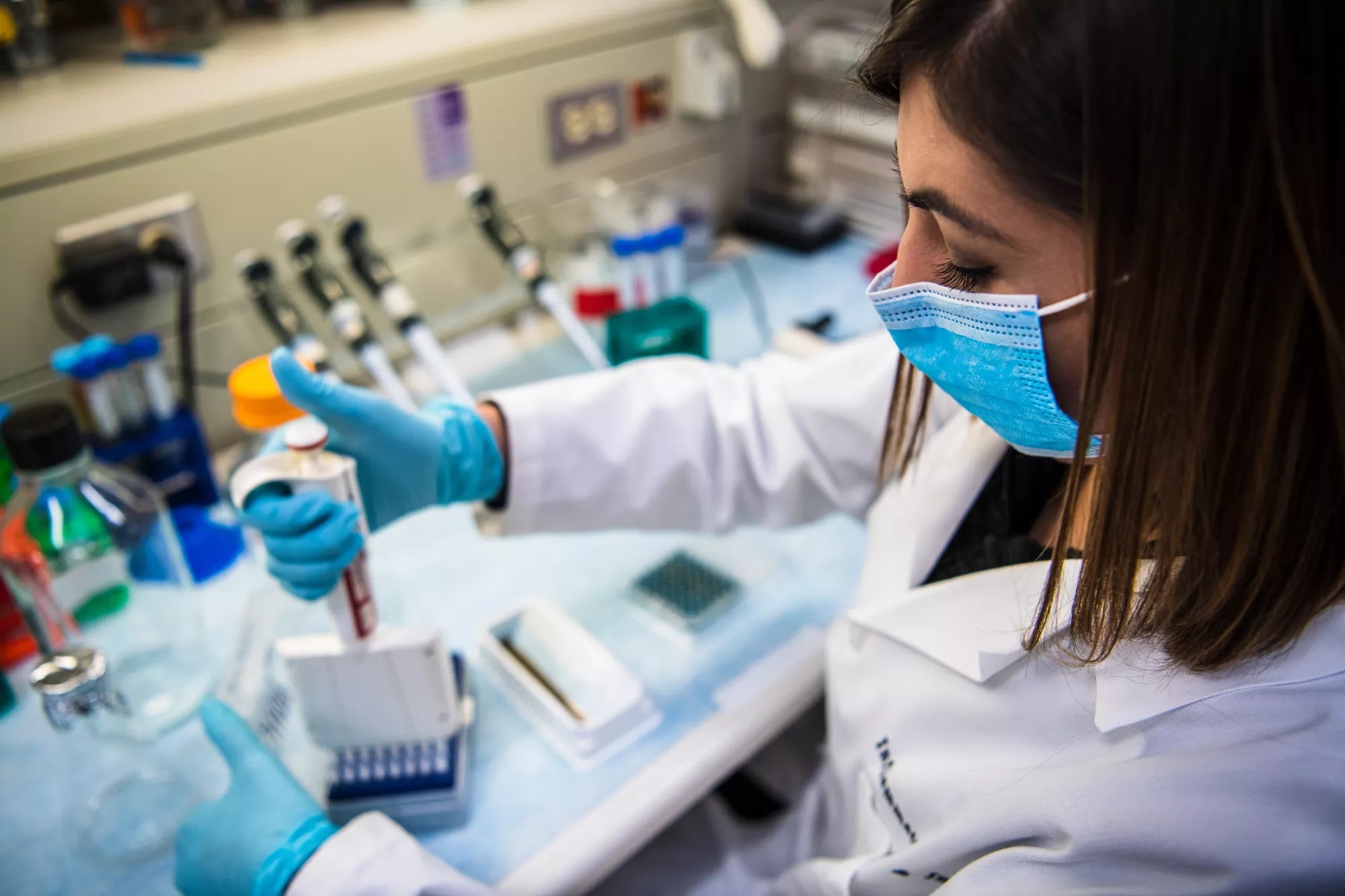With the upcoming festive season just around the corner, which includes not only Diwali but Bhai Dooj, and even weddings next month, it’s time to prepare and ensure your skin is in its best condition for all the forthcoming celebrations. Having healthy skin is not only essential for a radiant and attractive appearance but also for preventing skin conditions and diseases. Navigating the myriad skincare therapies and options on the market can be challenging, especially when many of them seem to promise similar benefits. That’s why it’s crucial to understand the differences between key ingredients like hyaluronic acid (HA), retinol, vitamin C, niacinamide and glycolic acid, and how to use them effectively for the best results during the upcoming festivities.
Dr Geetika Mittal Gupta, Cosmetologist and MD, Isaac Luxe, says, “Let’s start with a brief understanding of what each of them means. Hyaluronic acid is a slippery, gooey substance that occurs naturally in the body, especially in the skin, eyes, and joints. It is a moisturizing and oiling agent that both helps the skin to stay hydrated and keeps the joints moving smoothly. Conversely, retinol is more or less vitamin A — or at least a form of it. It is an ingredient found in lotions and creams and is often applied to help with anti-ageing and treatment of acne.”
Vitamin C, also known as ascorbic acid, is a powerful antioxidant that plays an important role in maintaining healthy skin. It helps neutralize free radicals, which are unstable molecules that can damage skin cells and accelerate the aging process. Additionally, Vitamin C aids in the production of collagen, a protein that provides structure to the skin and keeps it firm and supple. “On the other hand, niacinamide, a form of Vitamin B3, is a versatile and multi-tasking ingredient that offers a wide range of benefits for the skin. It helps regulate sebum production, making it an excellent choice for those with oily or acne-prone skin. Furthermore, niacinamide minimizes the appearance of pores, refines skin texture, and reduces redness and inflammation,” adds Dr Gupta.
Glycolic acid is much more different from the rest because it is found in certain foods and is primarily required to help remove the uppermost layers of dying or dead skin cells. It is basically an exfoliating agent, which removes dead skin to reveal newer underlying skin cells.
Key differences and peculiarities
Dr Gupta shares a number of differences between hyaluronic acid, retinol, vitamin C, niacinamide, and glycolic acid. These include:
Nature and Source
Both glycolic and hyaluronic acids are generally acidic substances, but the latter is a form of alpha hydroxy acid (AHA) that are found in many foods. Meanwhile, hyaluronic acid is a natural substance found in the body but can also be produced through microbial fermentation processes, from sources such as rooster combs and other forms of bacteria. The primary source of glycolic acid is sugarcane, along with some fruits and sugar beets, including pineapple. It is odourless, colourless, and soluble in water.
On the other hand, retinol is a type of Vitamin A that is derived from animal and plant sources, such as eggs, beef, chicken liver, fish, and vegetables like carrots, sweet potatoes, pumpkin, and squash.
Vitamin C differs in nature from the others. It is a water-soluble vitamin and a powerful antioxidant found in various fruits and vegetables, such as citrus fruits, strawberries, and bell peppers. Its source is predominantly plant-based, making it a key nutrient for maintaining healthy skin and overall health.
Niacinamide, also referred to as Vitamin B3, is sourced from various plant and animal-based foods. It is commonly found in foods like meat, fish, nuts, and legumes. Its presence in the body, however, is due to the conversion of niacin (another form of Vitamin B3).
Uses and Benefits
Generally, hyaluronic acid hydrates the skin; glycolic acid exfoliates dead skin cells, while retinol helps to boost collagen production in order to reduce wrinkles and fine lines. Both hyaluronic acid and retinol work within the layers of the skin to boost elasticity and texture, but glycolic acid carries out a topical operation, by simply removing dead skin which do not give off the glow that one’s skin should give.
Furthermore, hyaluronic acid has become more prevalent in its use in bioremodelling therapies, such as Profhilo, which uses ultrapure HA to provide the needed hydration to keep the skin tight, firm, and supple. On the flipside, retinol and glycolic acid are mostly added as ingredients in creams and lotions.
In contrast, Vitamin C and niacinamide play essential roles in addressing specific concerns. Vitamin C acts as a potent antioxidant, protecting the skin from free radicals and environmental damage. It also brightens the skin, evens out skin tone, and aids in collagen production. Niacinamide, a versatile ingredient, regulates sebum production, minimizes the appearance of pores, and refines skin texture. It is also beneficial for reducing redness and inflammation, making it suitable for various skin types.
Texture, Properties, and Solubility
All five substances hyaluronic acid, retinol, vitamin C, niacinamide, and glycolic acid have their own peculiar forms and properties. For instance, glycolic acid is odorless, colourless, hygroscopic, and soluble in water. Meanwhile, hyaluronic acid is a glycosaminoglycan which is non-sulfated and non-pollutant. On the other hand, retinol is fat-soluble and can be converted into retinoic acid when taken orally. It is important to point out that while all three are naturally-occurring substances in the human body (HA), in animal and plants (retinol), and in foods (GA), they can also be manufactured.
Moving on to vitamin C and niacinamide, these ingredients bring their own set of distinctive properties to the table. Vitamin C, or ascorbic acid, is water-soluble, which means it dissolves in water. This property makes it suitable for a wide range of skincare formulations, from serums to creams, ensuring effective absorption by the skin. Niacinamide, a form of Vitamin B3, is also water-soluble and is renowned for its stability, making it compatible with various skincare formulations. This attribute allows for its seamless integration into skincare routines without compromising its effectiveness.
As you gear up for the festive season, knowing how to harness the power of hyaluronic acid, retinol, vitamin C, niacinamide, and glycolic acid can help you achieve radiant and healthy skin that’s ready to shine at all the celebrations ahead.















































